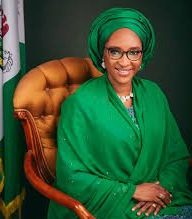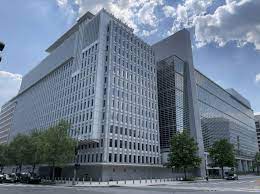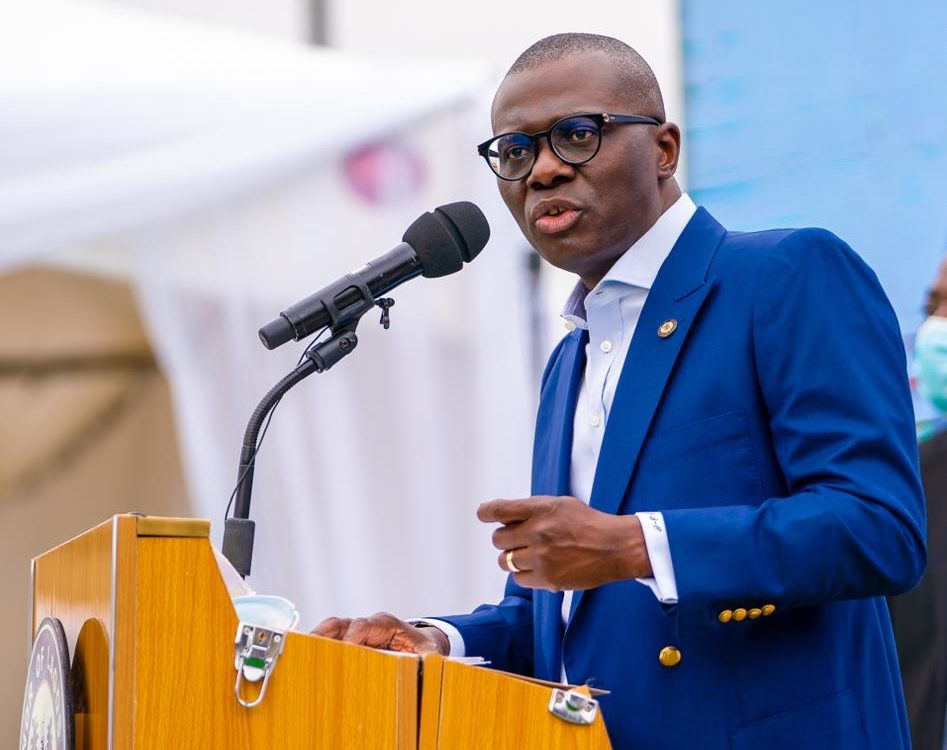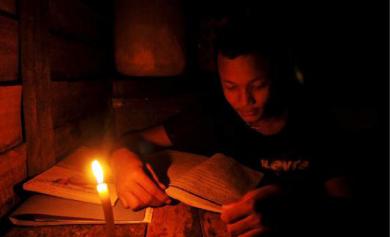
OpeOluwani Akintayo
Lagos — As Nigeria’s number one revenue earner; crude oil faces low demand as a result of the COVID-19 pandemic, the country is about to be thrown into another round of debts which may linger after the Buhari administration, and gets passed from one generation to the other, especially on the poor masses who will be made to bear the brunt of repayment through unrealistic estimated billing post COVID-19.
This is true because despite spending trillions on power projects that could not be accounted for, the federal government has again, filed for fresh loans worth about $3 billion from the World Bank, African Development Bank, AFDB, and China EXIM Bank, SweetcrdueReports can authoritatively report.
According to the documented budget by the Ministry of Finance Budget & National Planning, obtained by this newspaper, the loans tied around a post COVID-19 recovery plan for the power sector amounted to $2,966 trillion, approximately $3 billion.
The budgeted loan was signed by the Minister of Finance, Budget & National Planning herself, Dr. Zainab Shamsuna Ahmed on June 10, 2020, and will be expended on six power projects. Nigeria Electricity Transmission and Access Project will cost USD$486 million and is being sought from the World Bank. As a matter of fact, it has already been approved.
Another project tagged New Electrification Project (off-grid) will cost Nigeria USD$550 million. A Sum of $350million will be borrowed from the WB, while $200 million will come from AFDB. It is still undergoing approval processes.
The third project on the list is tagged ‘North Core Dorsale Nord Interconnector Project’, to cost Nigeria USD$26 million. The loan will be obtained from the World Bank Regional. It is currently undergoing approval processes.
Abuja Power Feeding Scheme which will cost the country USD$170 million would be financed by the AFDB. The loan status- still undergoing approval processes.
The budget named ‘Power Sector Recovery Plan & Impact of COVID-19 Pandemic’ also parades another project named ‘Power Sector Recovery Program for Results’- whatever that means- will be financed by WB. Although still undergoing approval, would cost Nigeria USD$750 million.
Relief as electricity workers formally sign CBA with PHED
Last on the list; Zungeru 700megawatts hydro-power project is the most expensive- USD$984,323,013.08. Already approved to be funded by China EXIM Bank.
SweetcrudeReports noticed that apart from the 700megawatts that the Ministry said would be generated from the last project- Zungeru hydropower, other firstly mentioned five projects did not carry any specific megawatts Nigerians should expect.
Nigeria currently has a population of over 200 million, and experts say the country would need well over 30, 000 megawatts to reach sufficiency. 30, 000MW is a far cry from the trifling 2000MW currently being generated, although the country has capacity to generate 20, 000MW.
A 2019 investigative report by Premium Times had chronicled how the Nigerian government, between 1999 and 2010, spent over N4.7 trillion on power without many changes.
Eight years later, Jonathan and Buhari administrations also invested another N1.164 trillion into the sector through capital releases, yet homes and factories in the country wallow in constant low power supply, as stable, uninterrupted power supply remains a mirage to Nigerians.
Experts, as well as other stakeholders, have blamed this on poor investments, capacity, and regulatory issues among others.
While Nigeria can conveniently generate up to 20,000 MW, transmission has the capacity for about 8,000MW and distribution struggles between 2,000 and 4,000MW.
Nigeria generates its power from four main sources – hydro, gas, coal and natural gas.
However, for almost 20 years, huge and unverified amount has been invested into the sector. Specifically, The International Centre for Investigative Resources, ICIR reported that N1.164 trillion has been released to the power sector as capital budgets from 2011 to 2018-this figure was obtained from the Office of the Accountant General of the Federation.
Former President Olusegun Obasanjo was alleged to have spent N3.52 trillion during his tenure, though this figure has been contested. Also, late President Umar Yar’adua was said to have spent N1.183 trillion.
A fresh $3 billion loan by the Buhari administration amounts to N 1,158,660 trillion upon conversion with current exchange rate of $386.22 as of June 16.



